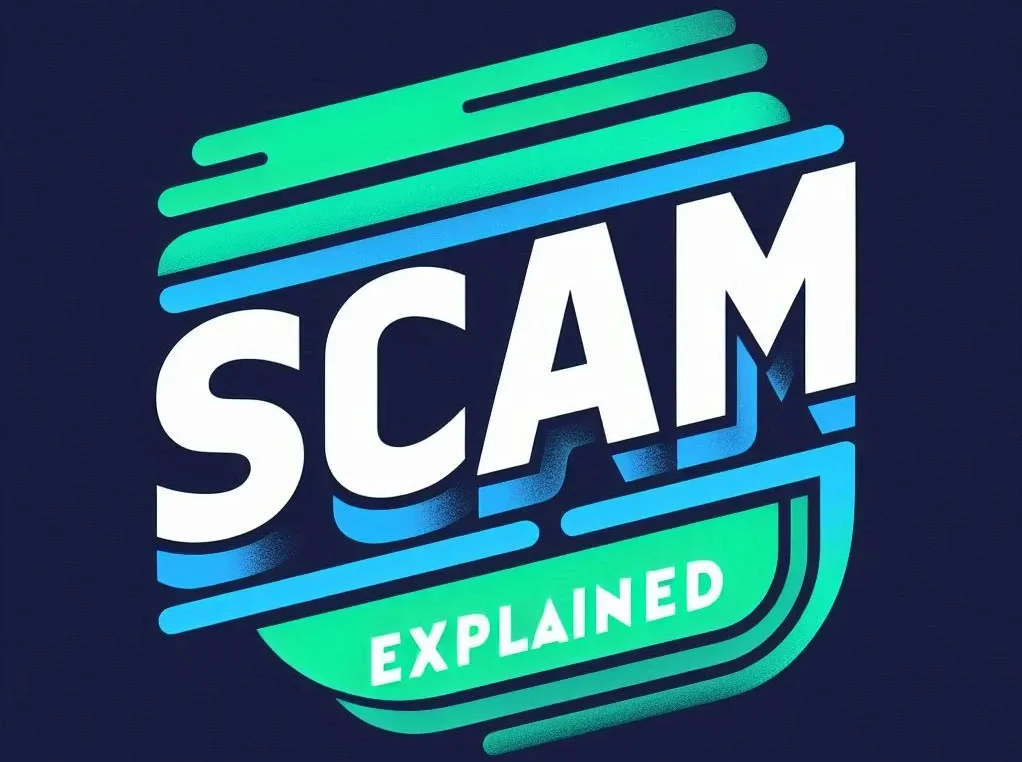The advent of technology has brought forth a vast array of conveniences. However, it also paved the way for cybercriminals to exploit unsuspecting individuals. The Rogers Outage Scam is one such example. In this post, we delve into understanding this scam, how Rogers responded, and steps you can take to avoid falling victim to such scams.
Understanding the Rogers Outage Scam
Picture this: You’re a Rogers customer who has just experienced a frustrating service outage. Suddenly, you receive a text message, seemingly from Rogers, offering credits to make up for the inconvenience. This might initially seem like a thoughtful gesture from the telecom company. However, it’s all a ruse.
Here’s the reality – the Rogers Outage Scam is a devious scheme that piggybacks off the unfortunate event of a wide-ranging service disruption. Crafty scammers took advantage of this situation by mass-sending text messages to Rogers customers, supposedly offering them compensation in the form of credits. But don’t be fooled. These messages are not from Rogers. They’re the bait in a sophisticated scam designed to hoodwink recipients and extract their valuable personal information.
This cleverly disguised scam preyed on the anticipation of compensation after the service outage. However, these deceptive messages serve as a trojan horse, luring unsuspecting victims into a trap under the guise of goodwill. In the end, the only thing these cybercriminals are interested in is exploiting the personal data of their targets. So, the next time you receive a message offering you credits or compensation, remember the Rogers Outage Scam and think twice before you click.
Rogers’ Response to the Scam
In the face of this cyber onslaught, Rogers swung into action promptly, taking to social media to raise a red flag for its customers. On Twitter, the company categorically denied any affiliation with the scam messages, putting to rest any semblance of legitimacy these texts may have held. They implored customers to treat such communications with a hefty dose of skepticism, reminding them of the importance of caution in these digital times.
However, Rogers didn’t stop there. Recognizing the seriousness of the issue and its implications on customer trust and security, the company pledged to ramp up efforts to combat such fraudulent activities. They committed to tracking down these digital tricksters, intensifying efforts to nip such scams in the bud, and protecting the personal data of their customers from falling into the wrong hands.
This incident serves as a compelling reminder of the tireless work companies like Rogers undertake to ensure the safety of their clients in the face of rising cyber threats. It’s not just about providing excellent service; it’s about fostering a secure digital space where customers can interact with the brand without fear. So, the next time you spot a suspicious message, remember Rogers’ swift response, and let it guide your reaction.
Identifying Scam Messages
Unmasking a scam message from a pool of legitimate ones can often feel like finding a needle in a haystack. Yet, understanding a few telltale signs can arm you with the ability to sidestep the snares set by cybercriminals.
Be wary of messages that exhibit language inconsistencies such as grammatical errors and awkward phrasing. Reputable companies prioritize clear and professional communication, so poorly written texts can be a red flag for scams.
Another tactic scammers commonly use is asking for personal or financial information via text or email. Remember, no legitimate company, including Rogers, would resort to such methods to procure sensitive information. Such messages are a scammer’s bait and should immediately raise your suspicions.
Keep an eye out for web links within the message. Cybercriminals often incorporate dubious links that lead to fake websites designed to capture your information. Examine these links cautiously; a legitimate company’s URL will typically match their official website’s address. If something looks off, it probably is.
Another trick in the scammer’s book is instilling a sense of urgency in their messages, often claiming that immediate action is required on your part. If a message pressurizes you to act swiftly without ample time to think or verify, chances are it’s a hoax.
Lastly, always trust your instincts. If a message seems too good to be true or just feels off, it probably is. Being vigilant and skeptical about such messages is the first line of defense in protecting yourself from falling prey to scams. Your digital safety is paramount, and these signs can be the key to staying one step ahead of the cybercriminals lurking in the shadows.
How to Protect Yourself from Such Scams
When a message unexpectedly lands in your inbox, don’t let curiosity get the better of you. Always exercise caution, especially when it promises rewards or demands immediate attention. The first rule of thumb is to verify the source. Be sure to cross-check with the contact information listed on the official company website, and avoid using any details provided in the suspicious message.
But the steps to safeguarding yourself from such scams don’t end here. Make technology your ally in this fight against cyber threats. Equip your digital devices with reliable security software to help detect and ward off potential hazards. Remember, these software are not just tools, but also silent sentinels standing guard to protect your personal information.
Another weapon in your defense arsenal is the power of knowledge. Educate yourself about the telltale signs of scam messages that we discussed earlier. Understanding these signs will help you identify potential threats, enabling you to navigate your digital world with confidence and peace of mind.
Don’t forget the role of vigilance. Always be on the lookout for new scams and cyber threats, as these digital predators continuously evolve their tactics. Stay updated with the latest security alerts from your service providers and trusted security sources.
Finally, always remember the golden rule: If it seems too good to be true, it probably is. In a world where we’re constantly bombarded with information, developing a healthy sense of skepticism can be your best defense against falling into cyber traps. So, be smart, be cautious, and take control of your digital safety.
The Bigger Picture: The Rise of Cyber Scams
The incident of the Rogers Outage Scam is not a standalone event. It’s a stark reminder of the mounting threat that cyber scams pose in our digitally connected world. As our reliance on technology amplifies, so does the audacity and inventiveness of cybercriminals. Their deceptive techniques are consistently evolving, making it essential for us to stay vigilant and updated about their latest maneuvers.
Knowing the enemy’s playbook is half the battle. Cybercriminals often capitalize on situations that stir emotions, such as service outages, to trick unsuspecting victims. They use a cocktail of social engineering, exploiting our trust in reputable brands, and our anticipation of good customer service. The Rogers scam, for instance, was cleverly designed to take advantage of a temporary setback, turning it into a phishing expedition.
Being aware of such strategies helps us anticipate possible threats, rather than react to them. It’s no longer sufficient to just know what happened in a particular scam. We need to understand how it happened and the psychological levers that the scammers tried to pull. This comprehension equips us to be proactive and resilient in the face of future attempts to compromise our digital security.
It’s a high-stakes game of cat and mouse, and we must be prepared to adapt quickly to the ever-changing landscape of cyber threats. Staying current with security alerts from our service providers, trusted security sources, and digital community can arm us with the necessary defenses to protect our personal information.
Cyber scams may be on the rise, but that doesn’t mean we’re defenseless. With a clear understanding of scammer tactics, vigilance, and the right digital safety tools, we can navigate through the digital world with caution and confidence, ensuring our online presence is a safe and secure one. The Rogers Outage Scam is a powerful lesson that the digital realm can be a treacherous sea, but with knowledge as our compass and vigilance as our anchor, we can navigate it wisely and safely.


